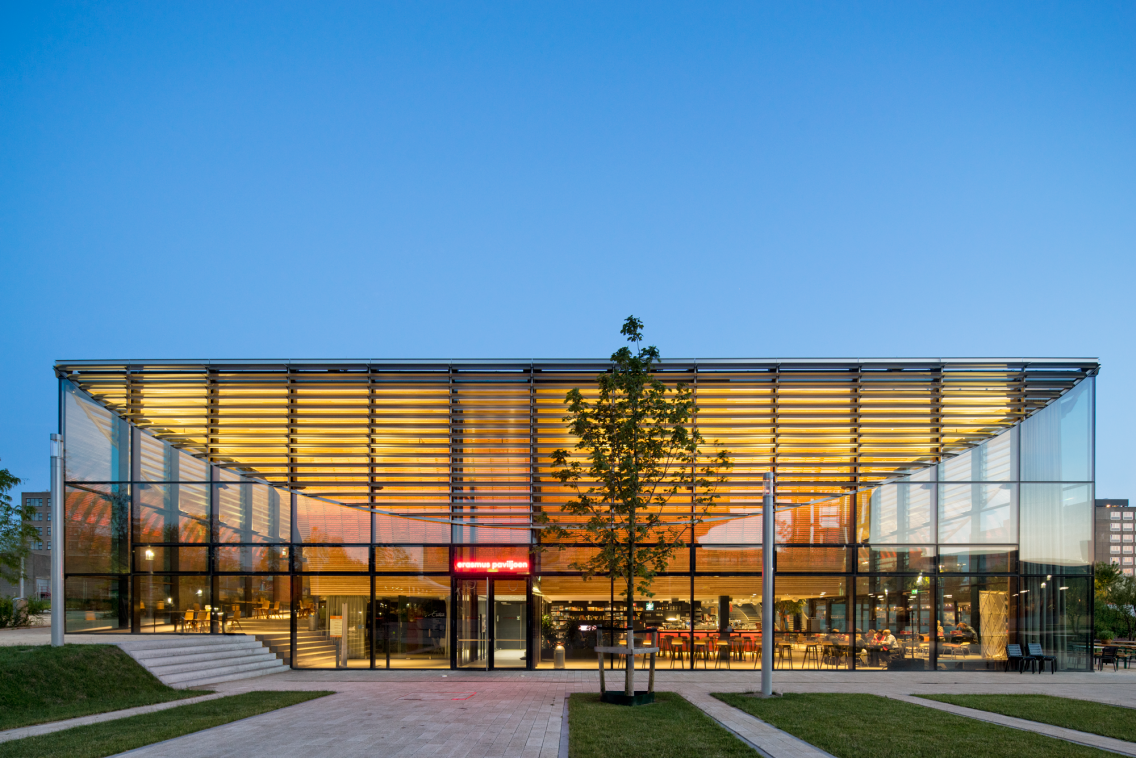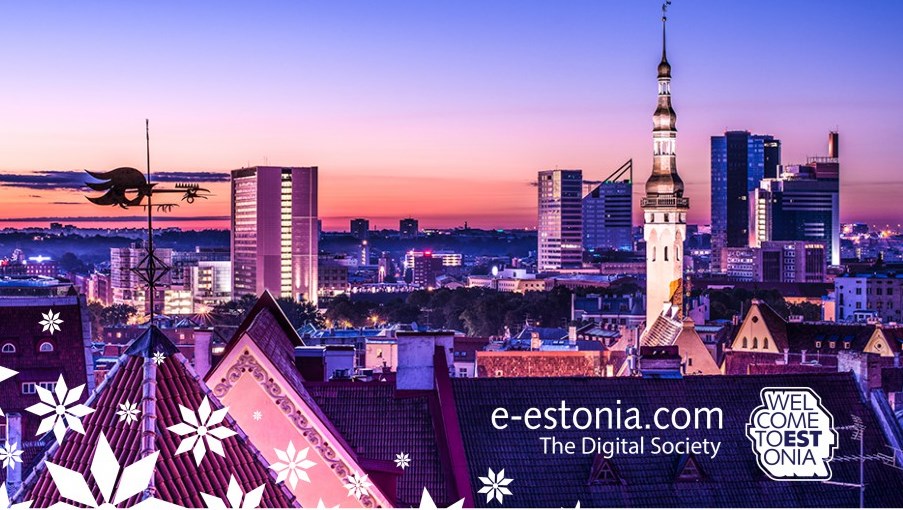The Erasmus Paviljoen is one of the few real restaurants on the Erasmus campus. Besides being a restaurant, the Erasmus Paviljoen also has a bar, which they call the grand café. They host business meetings in the meeting rooms. So in fact, it is more than just a grand cafe. For many people on campus, the Erasmus Paviljoen takes on different roles. People go there for work meetings, assignment meetings, for a casual coffee or a network drink. So, the Erasmus Paviljoen is the go-to place for everyone, not only for students of the campus. The Erasmus Paviljoen was opened in 2013 and has achieved its goal as being the dynamic heart of the Erasmus campus, as many students of the Erasmus university probably will confirm.
The reason to choose the Erasmus Paviljoen became apparent through a discussion about the company itself. In this discussion, the main question was if there was room for technological improvement at the Erasmus Paviljoen which would be realistic, simple and implementable. We deemed this as possible and started an extensive research. We analysed the current IT applications of the Erasmus Paviljoen, we surveyed over 100 customers and we interviewed several staff members. This led us to our problem statement. Our research has shown that the waiting time for the Erasmus Paviljoen customers is the main problem; long waiting times puts pressure on their market position.
In order to reduce these long and annoying waiting times, we suggest an effective order process improvement which will reduce queue time and will make ordering easier. Customers can access this ordering application via their smartphone or tablet. The application will be linked to a personal profile and specific table number. The profile will require a customer to fill in their personal information (name, address, date of birth and gender) and payment credentials (credit card, PayPal account or bank account for IDeal). After creating a profile, the customer is able to see the menu and place orders. Also, the application can give personal deals based on the order history of the customer. A customer can adjust their order and receive additional information or meal suggestions. For example, when a customer orders a meal, the application will suggest a wine or a beer that will match with the taste of the meal. Finally, the application will give the customer the possibility to split the receipt with friends. When the order is placed, the staff will receive a message on their computer. The kitchen or the bar can start preparing the drinks or the food. When it is ready, the customer will receive a message on their smartphone and they can pick up their food.
As the technology for such an application is already on the market, the proposed transformation will entail a licensed online order and payment application, which will reduce the queuing times significantly. The application ChowNow, eHungry or Zuppler could be used to achieve this goal, but there are more interesting apps which have a different pricing strategy. A research by Deloitte (2016) has shown that there will be more revenue generated if a restaurant has implemented such an app. Besides this, it will also result in a higher satisfaction rate for both the customers and the Erasmus Paviljoen staff.
Curious about our idea or want do you more than just text? Check out our video!
Source:
Feinberg, A. (2016), The Restaurant of the Furture Creating the next-generation customer experience, Deloitte Development LLC.



